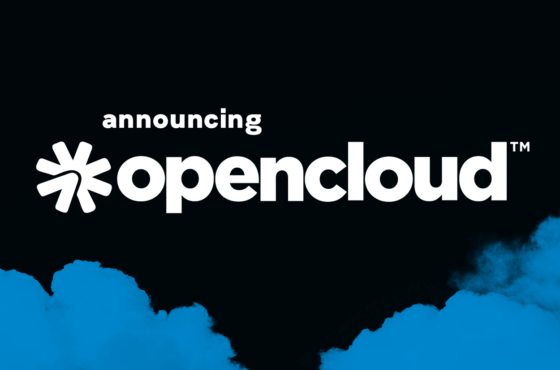
Are you managing an aging phone system on its last leg? Are you not sure what the source of your call quality issues is? Are you tired of relying on expensive, old-school copper PRIs for incoming and outgoing calls? Do any of these problems sound familiar to you? Maybe it’s time you considered a hosted voice solution. [...]
Read More







